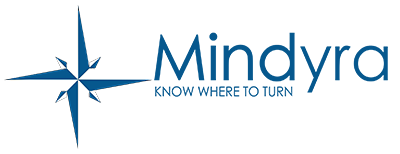Delusional Disorder involves the presence of one or more delusions with a duration of 1 month or longer. One can only have delusional disorder if it has been established that the individual does not have schizophrenia. Specifically, the following schizophrenia symptoms must be absent:
- Hallucinations (if present, hallucinations are not prominent and are related to the delusional theme)
- Disorganized speech (e.g., frequent derailment or incoherence)
- Grossly disorganized or catatonic behavior
- Negative symptoms (i.e., diminished emotional expression or avolition)
In addition, the following criteria apply:
- Apart from the impact of the delusion(s) or its ramifications, functioning is not markedly impaired, and behavior is not obviously bizarre or odd.
- If manic or major depressive episodes have occurred, these have been brief relative to the duration of the delusional periods.
- The disturbance is not attributable to the physiological effects of a substance or another medical condition, and is not better explained by another mental disorder, such as body dysmorphic disorder or obsessive-compulsive disorder.
Delusions and delusional disorder typically fall into one of the following categories:
- Erotomanic type: This subtype applies when the central theme of the delusion is that another person is in love with the individual.
- Grandiose type: This subtype applies when the central theme of the delusion is the conviction of having some great (but unrecognized) talent or insight or having made some important discovery.
- Jealous type: This subtype applies when the central theme of the individual’s delusions is that his or her spouse or lover is unfaithful.
- Persecutory type: This subtype applies when the central theme of the delusion involves the individual’s belief that he or she is being conspired against, cheated, spied on, followed, poisoned or drugged, maliciously maligned, harassed, or obstructed in the pursuit of long-term goals.
- Somatic type: This subtype applies when the central theme of the delusions involves bodily functions or sensations.
- Mixed type: This subtype applies when no one delusional theme predominates.
- Unspecified type: This subtype applies when the dominant delusional belief cannot be clearly determined or is not described in the specific types (e.g., referential delusions without a prominent persecutory or grandiose component).
In addition, delusions may or may not be bizarre. Delusions are deemed bizarre if they are clearly implausible, not understandable, and not derived from ordinary life experiences (e.g., an individual’s belief that a stranger has removed his or her internal organs and replaced them with someone else’s organs without leaving any wounds or scars).
Nonbizarre delusions are about situations that could occur in real life, such as being followed, being loved from a distance, being poisoned, having an infection, or being deceived by one's spouse. These delusions usually involve the misinterpretation of perceptions or experiences. In reality, however, the situations are either not true at all or highly exaggerated.








